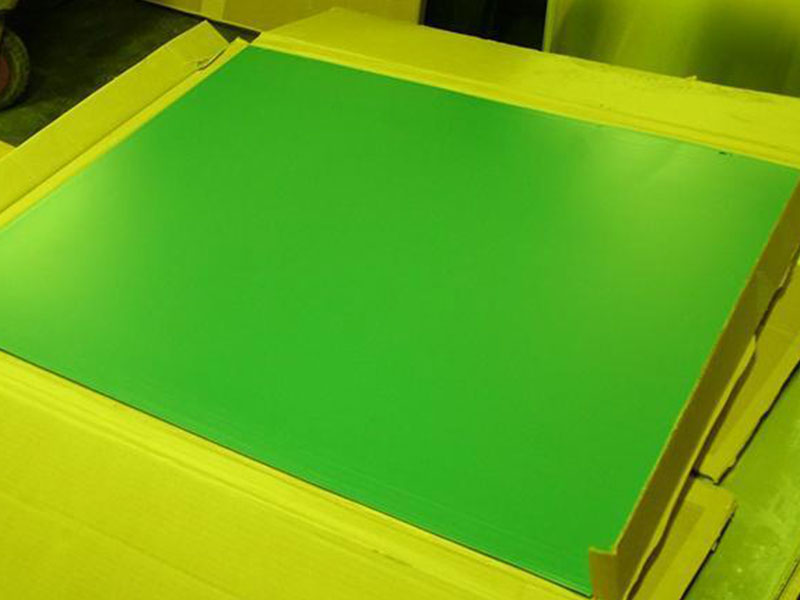Aluminum CTP printing plate
Aluminum CTP Printing Plate: Revolutionizing Modern Print Technology with Precision and Durability
In the ever-evolving world of printing technology, the Aluminum CTP (Computer-to-Plate) printing plate stands out as a pivotal innovation. Unlike traditional offset plates that require intermediate film-making steps, Aluminum CTP printing plates bridge the gap directly between digital image creation and plate production, offering unparalleled accuracy and efficiency. From a technical perspective, this advancement is not just a substitution but a transformation of the entire printing workflow, accentuating both sustainability and print quality.
Aluminum CTP Printing Plates from a Functional Angle
At its core, an Aluminum CTP printing plate is an aluminum-based metal substrate coated with a photosensitive polymer layer. Unlike conventional printing plates that involve manual processes or spectral film, CTP plates are produced by laser directly imaging the plate based on digital files. This process drastically reduces human error and supports high resolution reproduction from the computer file.
One distinctive function is the enhanced thermal and chemical resistance showcased by modern Aluminum CTP plates. Due to advances in coating technologies—utilizing materials like diazo or thermal polymer layers—plates endure prolonged printing runs, offering longevity that directly impacts manufacturing efficiency. These plates excel in consistent ink transfer, resulting in stark image clarity and reproducibility across thousands of impressions.
Application Landscape of Aluminum CTP Printing Plates
The versatility of Aluminum CTP plates renders them instrumental in various printing segments:
-
Commercial Printing: The ability to yield crisp details for brochures, books, and magazines makes Aluminum CTP plates the go-to choice in large-scale commercial printing environments, where turnaround time and image fidelity are critical.
-
Packaging Industry: The robustness of these plates withstands complex printing sequences mandated by packaging standards, including multilayer color overlays and halftone printing.
-
Newspapers & Periodicals: Fast production cycles benefit significantly from direct plate imaging, where last-minute editorial changes are possible without compromising workflow efficiency.
-
Security Printing: Unique coatings and imaging precision of Aluminum CTP plates support the nuanced demands of secure document printing—from banknotes to government ID materials.
Technical Insights: Thermal vs. Photopolymer Aluminum CTP Plates
From a technical lens, the two main classifications in Aluminum CTP plates—thermal and photopolymer types—address differing industrial needs:
-
Thermal Plates: Activated by infrared lasers, they offer heightened stability, lower chemical consumptions, and environmentally friendly processing by eliminating chemical development stages.
-
Photopolymer Plates: Utilized predominantly in UV and violet laser systems, providing superb tonal range but requiring chemical development, this type suits printer setups that balance output quality with existing processing infrastructure.
Each plate’s microstructure and laser-sensitivity inform its solvent compatibility, resolution capacity, and imaging speed, allowing printers to select optimal plates aligned precisely with workflow demands.




